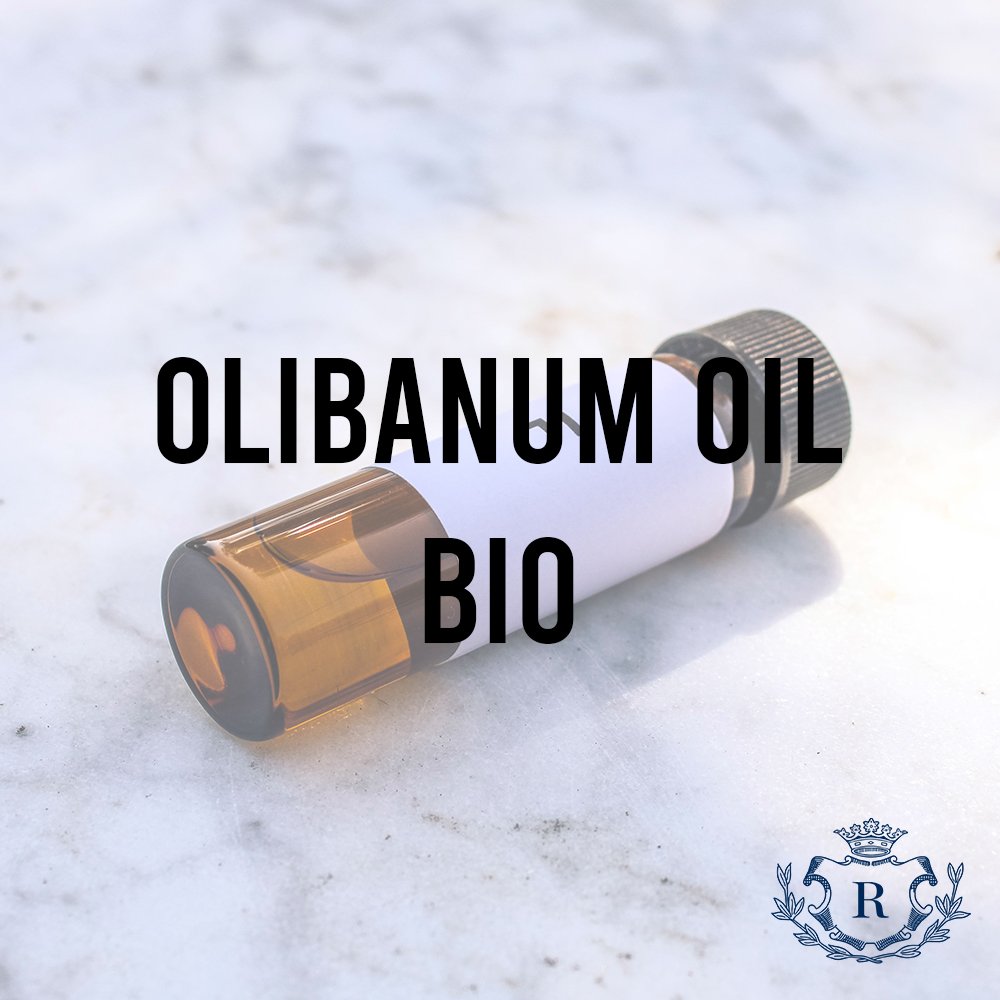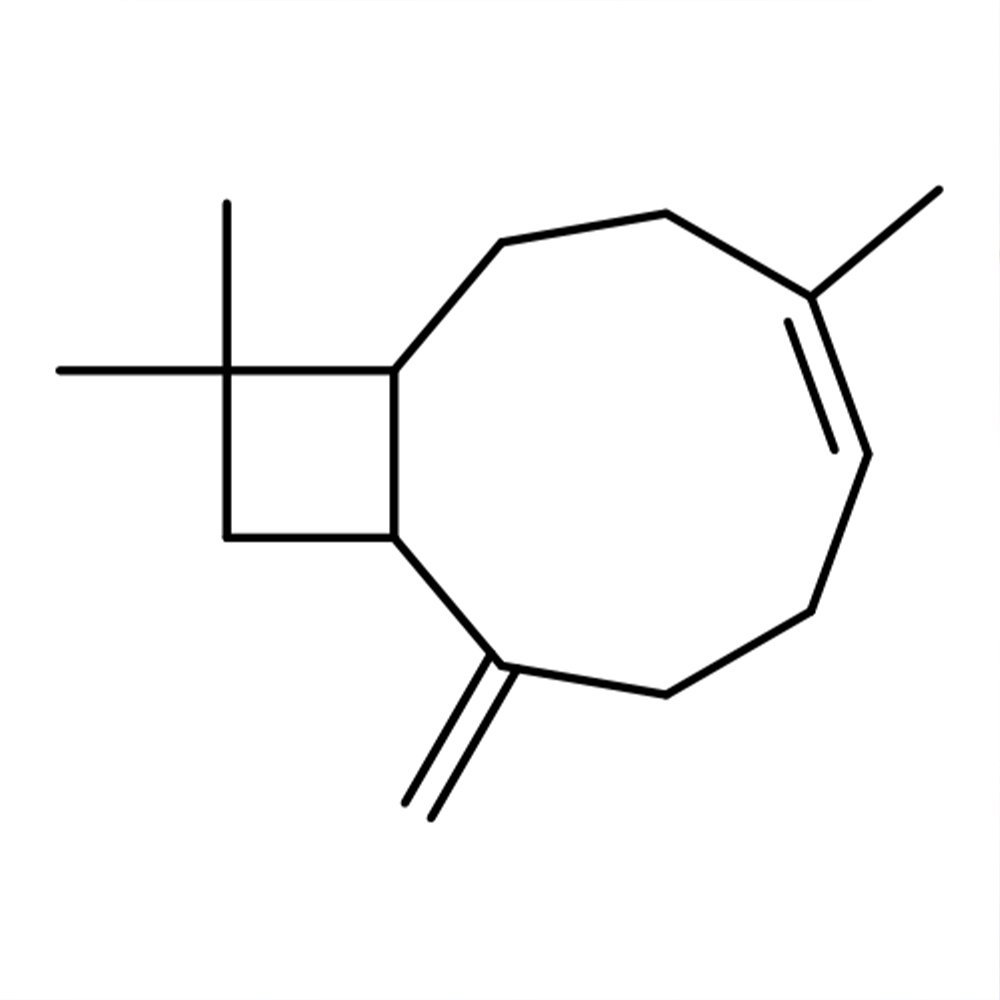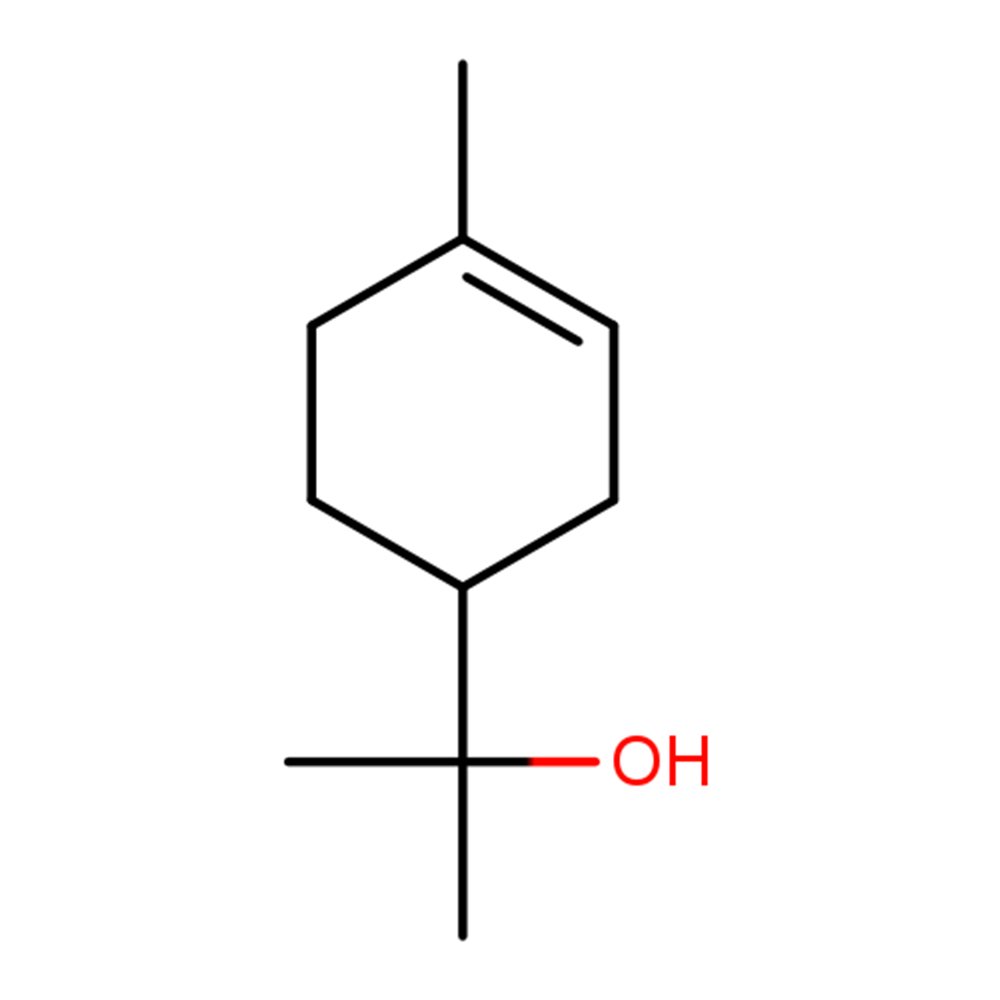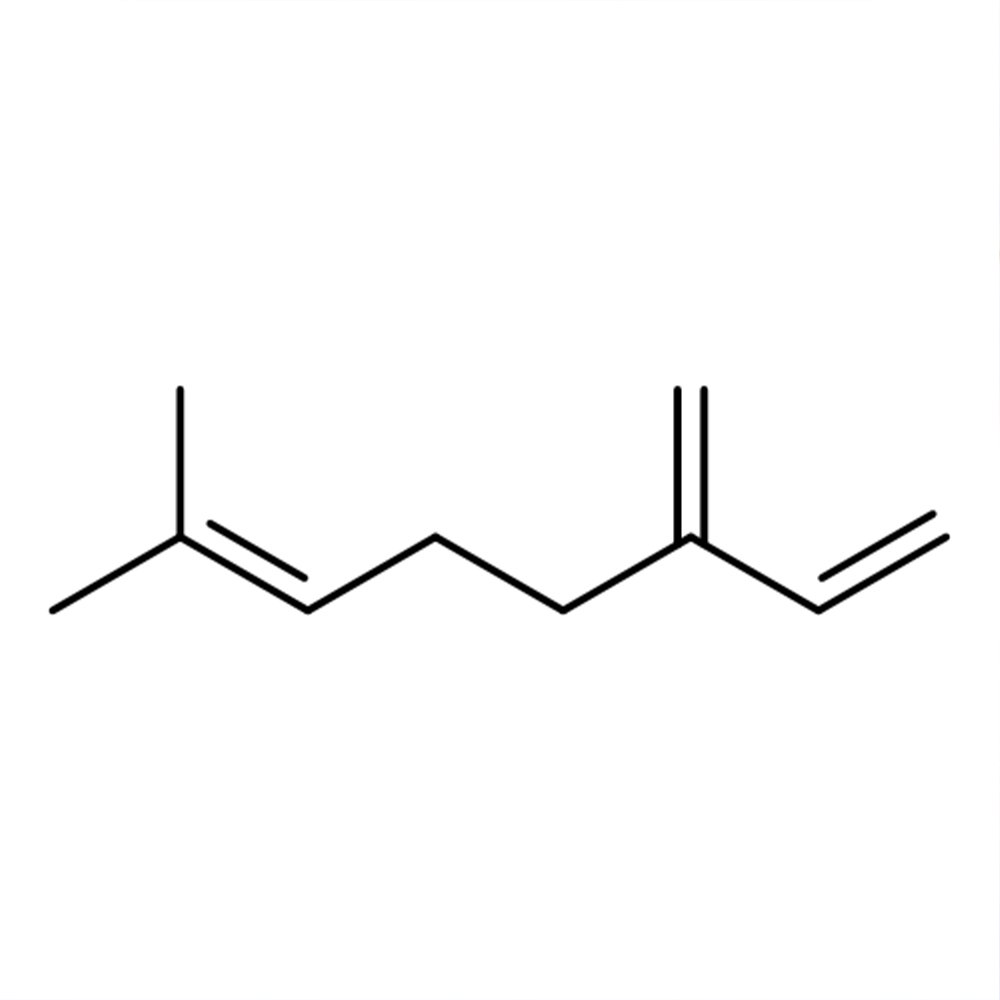Olibanum Oil Bio (Boswellia Serrata)
Premium Natural Ingredient for Perfumery
Olibanum Oil (Boswellia serrata), also known as frankincense oil, is a steam-distilled essential oil derived from the resin of Boswellia species. This organic extract presents a sharply diffusive, fresh-terpenic odor, often described as green lemon or unripe apple peel, with no harsh turpentine-like overtones. Its complex character evolves into a peppery heart softened by woody-balsamic undertones. Used as both a top and heart modifier, Olibanum Oil plays a crucial role in citrus, incense, and oriental structures, prized for its balance of freshness, body, and fixative properties.
Premium Natural Ingredient for Perfumery
Olibanum Oil (Boswellia serrata), also known as frankincense oil, is a steam-distilled essential oil derived from the resin of Boswellia species. This organic extract presents a sharply diffusive, fresh-terpenic odor, often described as green lemon or unripe apple peel, with no harsh turpentine-like overtones. Its complex character evolves into a peppery heart softened by woody-balsamic undertones. Used as both a top and heart modifier, Olibanum Oil plays a crucial role in citrus, incense, and oriental structures, prized for its balance of freshness, body, and fixative properties.
Premium Natural Ingredient for Perfumery
Olibanum Oil (Boswellia serrata), also known as frankincense oil, is a steam-distilled essential oil derived from the resin of Boswellia species. This organic extract presents a sharply diffusive, fresh-terpenic odor, often described as green lemon or unripe apple peel, with no harsh turpentine-like overtones. Its complex character evolves into a peppery heart softened by woody-balsamic undertones. Used as both a top and heart modifier, Olibanum Oil plays a crucial role in citrus, incense, and oriental structures, prized for its balance of freshness, body, and fixative properties.
Natural Ingredient Overview
🏭 Manufacturer: Robertet
🔎 Botanical Name: Boswellia serrata
📂 CAS N°: 97952-72-2
⚖️ MW: Not applicable (complex essential oil)
📝 Odor Type: Terpenic
📈 Odor Strength: High
👃🏼 Odor Profile: Strongly diffusive, fresh-terpenic; green lemon peel, unripe apple skin; peppery nuance with sweet-woody and soft balsamic undertones; drydown reminiscent of labdanum or cistus-type amber
⚗️ Uses: Citrus modifier, incense base, oriental and amber blends, spice and floral perfumes
🧴 Appearance: Pale yellow liquid
What is Olibanum Oil?
Olibanum Oil is obtained via steam distillation of the hardened oleo-gum-resin from Boswellia serrata, a tree native to India and other arid regions. While “frankincense” typically refers to multiple Boswellia species (B. carterii, B. sacra, B. papyrifera), this variant is specific to B. serrata, often used in perfumery and aromatherapy.
Its complex olfactory structure is defined by:
α-pinene and other monoterpenes (terpenic freshness)
Incensole acetate, contributing subtle warmth and longevity
Resin-derived sesquiterpenes, responsible for its fixative and balsamic qualities
The profile is modifiable depending on distillation technique (pressure, time), affecting brightness, roundness, and drydown tenacity.
Olfactory Profile & Perfumery Applications
👃🏼 Scent Description:
Bright, diffusive, and green-terpenic; begins citrus-like (green lemon, unripe apple peel), transitions to peppery-woody mid-notes, and finishes with a sweet, soft balsamic character akin to labdanum or cistus resin.
⚗️ Functional Use:
Modifies bergamot, orange, lemon, and citral-based accords
Base material for incense-type perfumes and oriental ambers
Enhances structure in florals, powdery, and spice blends
Contributes masculine depth in fougères and colognes
🧴 Ideal in:
Citrus colognes and verbena-style freshness
Oriental and “ambre-type” bases
Violet perfumes, powder notes
Aromatic and incense-themed masculine compositions
Industrial & Technical Uses
Olibanum Oil is primarily employed in:
Fine fragrance formulation
Aromatherapy and natural perfumery
Religious incense and ceremonial blends
Functional products (body sprays, deodorants, personal care)
While valued for olfactory contribution, its natural antioxidant and antimicrobial properties also make it useful in formulation stability when properly dosed.
Regulatory & Safety Overview
IFRA: Not currently restricted in the 51st Amendment; formulation limits based on oxidizable monoterpenes
EU Allergens: May contain linalool and limonene depending on distillation; not one of the 26 required allergens
ECHA: Not classified as hazardous under normal usage
FEMA: Not listed for food use (in contrast to other Boswellia extracts used in supplements)
Toxicology:
Generally regarded as safe at perfumery concentrations
Sensitive to oxidation; antioxidants or cold storage may be recommended
No known phototoxicity
Additional Information
🌍 Geographic Origin: India (Boswellia serrata); other species used in Somalia, Ethiopia, Oman
🧪 Distillation Factors: Time and pressure affect brightness and balsamic depth
🧾 Comparative Notes: Boswellia carterii oils tend to be sweeter and more resinous; B. serrata is greener, drier, and fresher
⚠️ Word Use: “Balsamic” should be used with care; although present in the drydown, it does not define the initial odor character
Sources
S. Arctander – Perfume and Flavor Materials of Natural Origin
Fulvio Ciccolo, 2020
PubChem – Boswellia Serrata Extract (CAS 97952-72-2)
ECHA Substance Information
Robertet Ingredient Catalog
Peer-reviewed literature on Boswellia oil chemistry and distillation





